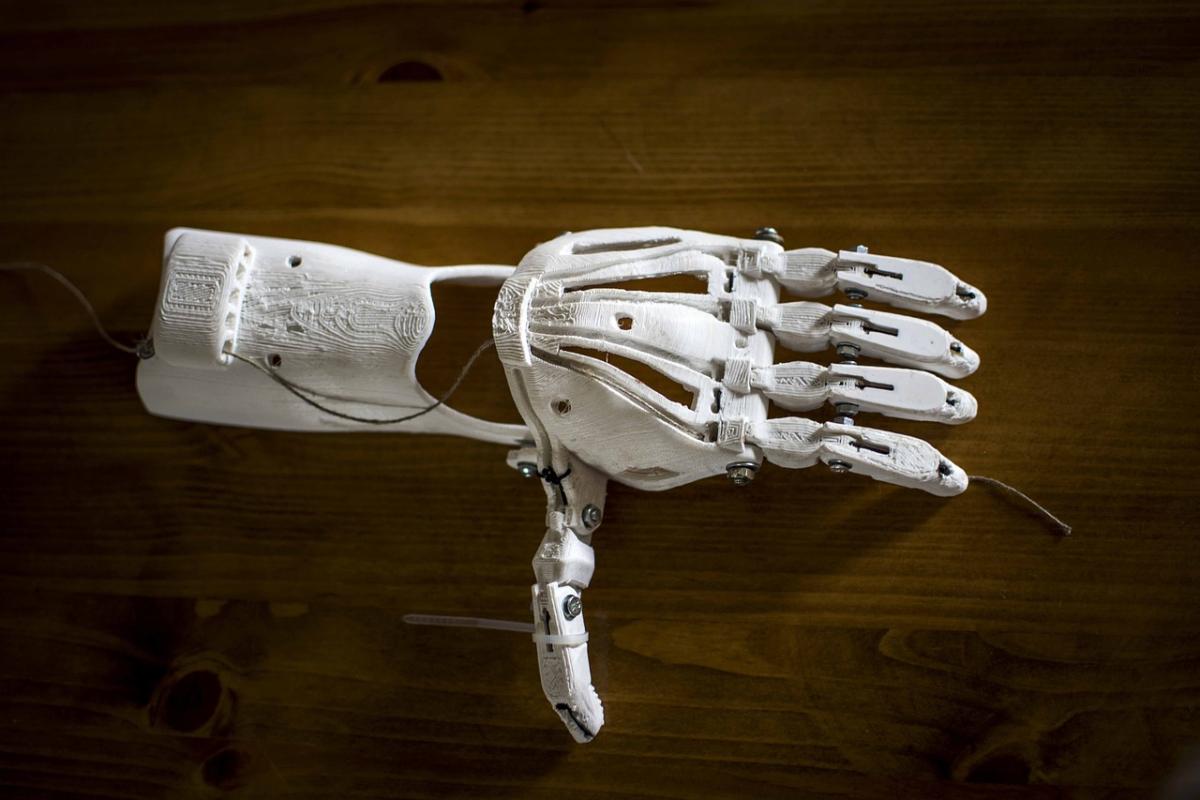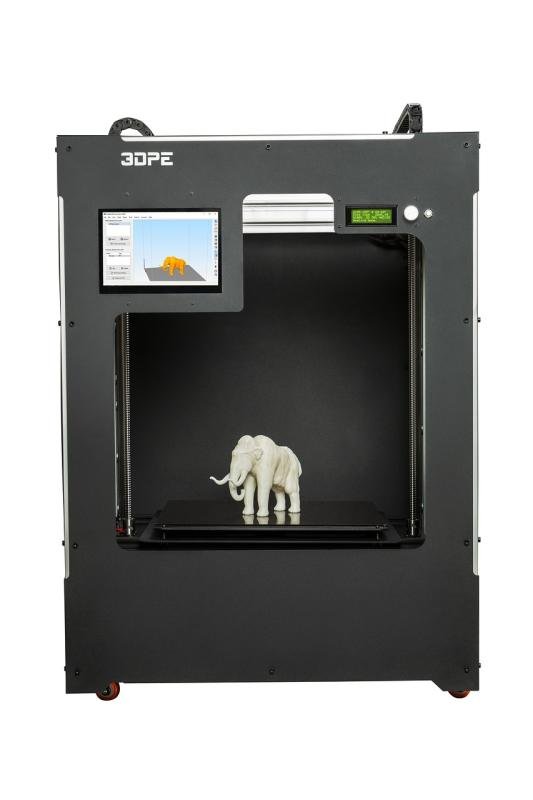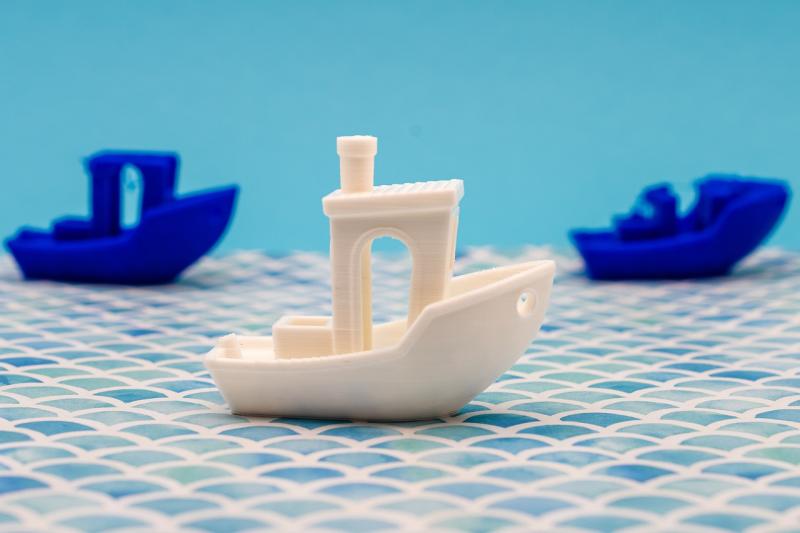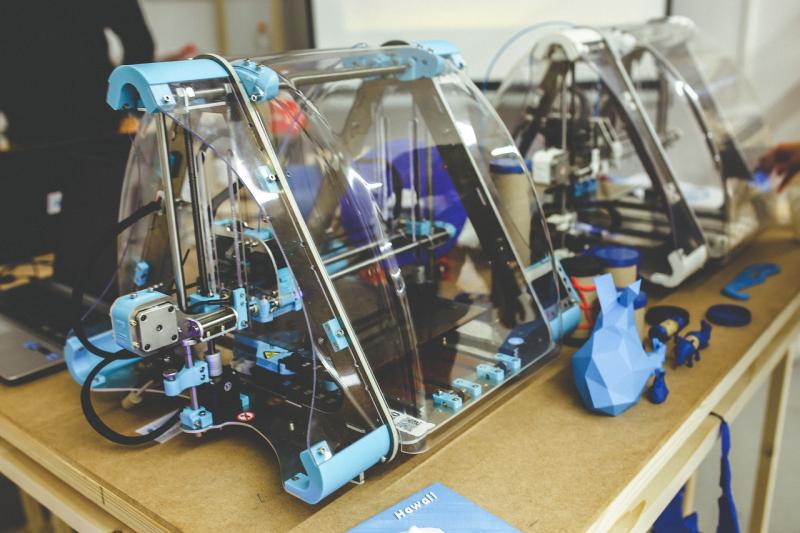Getting started with your first 3D print can feel a bit daunting, but it’s super exciting! The first step is to choose a model. You can find tons of free designs online on sites like Thingiverse or MyMiniFactory. Grab a simple one, like a keychain or a small figure. They’re perfect for beginners and help you learn without getting overwhelmed.
Once you've picked a design, it’s time to prepare your printer. Make sure your 3D printer is set up correctly and the bed is leveled. This part is crucial because it ensures your print sticks well and comes out looking good! Don’t skip this step, as it can save you a lot of headaches down the line.
Next, you’ll need to slice the model. Slicing software turns your 3D model into instructions for your printer. Popular slicers like Cura or PrusaSlicer make this easy. Just load your model, adjust the settings, and hit the slice button. It will generate a G-code file that tells your printer how to create your object layer by layer.
Now comes the fun part: printing! Load the G-code onto your printer, hit start, and watch as it works its magic. Keep an eye on it at first to make sure everything is running smoothly. It’s totally normal to feel a mix of excitement and nerves. Just relax and enjoy the process! In a few hours, you’ll have your first 3D print, and you'll be ready to tackle even bigger projects!
Fun Projects for Beginners
If you just got a 3D printer, you're probably itching to dive into some fun projects. The cool thing is, you don’t have to be a pro to start creating awesome stuff. Here are some beginner-friendly ideas that’ll ignite your creativity.
First up, how about printing some custom keychains? You can design them in any shape you like— favorite animals, initials, or even fun quotes. They make great gifts and can be done in just a couple of hours. Plus, it’s a great way to get familiar with your printer’s settings.
Another fun project is creating simple phone stands. These are super handy and can save you from fumbling with your phone all the time. You can find easy designs online or create your own. Just think about the angle that works best for you and get started!
If you’re feeling a bit adventurous, try printing a small planter or a vase. You can add a splash of personality to your home and even start a little gardening project. Go for fun designs like geometric shapes or even quirky animals. Just remember to choose a filament that's safe for plants!
These are just a few ideas to kick-start your 3D printing journey. There’s really no limit to what you can do. Grab your printer, let your imagination run wild, and enjoy the process of bringing your designs to life!
Tips for Choosing the Right Printer
Choosing the right 3D printer can feel overwhelming with all the options out there, but don't sweat it! Here are some tips that can help you narrow it down and find the perfect match for your needs.
First, think about what you'll be printing. Are you making fun toys, intricate models, or practical items? Different printers excel at different tasks. If you want to print with various materials, look for a multi-material printer. But if you’re sticking to one material, a simpler printer might be just what you need.
Next, consider the build size. Will you be printing small figurines or larger pieces? Make sure the printer can handle the size you have in mind. A larger print volume gives you flexibility, but if you’re just doing small projects, you can save some cash with a compact model.
Pay attention to the printer's ease of use. Some models come with fancy features like auto bed leveling or touchscreen controls, making them user-friendly, especially for beginners. If you're new to 3D printing, look for a printer that offers a straightforward setup and solid customer support.
Finally, set a budget and stick to it. 3D printers come in a wide range of prices. Finding a balance between your needs and what you're willing to spend will help you choose without breaking the bank. Don’t forget to account for materials and maintenance costs too!
Exploring Advanced 3D Printing Techniques
First up, we have multi-material printing. Imagine being able to combine different materials in one print! This opens up huge possibilities for creating items with varying textures or functionalities. You can mix flexible materials with rigid ones, giving your prints unique properties. It’s perfect for prototyping or making functional objects that need different features.
Next, consider the wonders of 3D scanning. This technique lets you capture real-world objects and convert them into digital files for printing. Whether you want to replicate a cherished ornament or design complex models, scanning can save you tons of time. Plus, it allows for a creative twist on what you already have!
Don’t forget about using advanced slicing software. These programs can optimize your prints, making them stronger or reducing material usage. Features like support generation and infill settings mean you can customize prints to suit your projects. It can be a game changer when tackling intricate designs or large prints.
Lastly, look into experimenting with different filaments. There are so many options out there—PLA, PETG, TPU, and even metal-infused filaments! Each material brings something different to the table. Choosing the right one can enhance your print's durability, look, and feel. The variety allows you to discover endless possibilities and keep your projects fresh and exciting!



